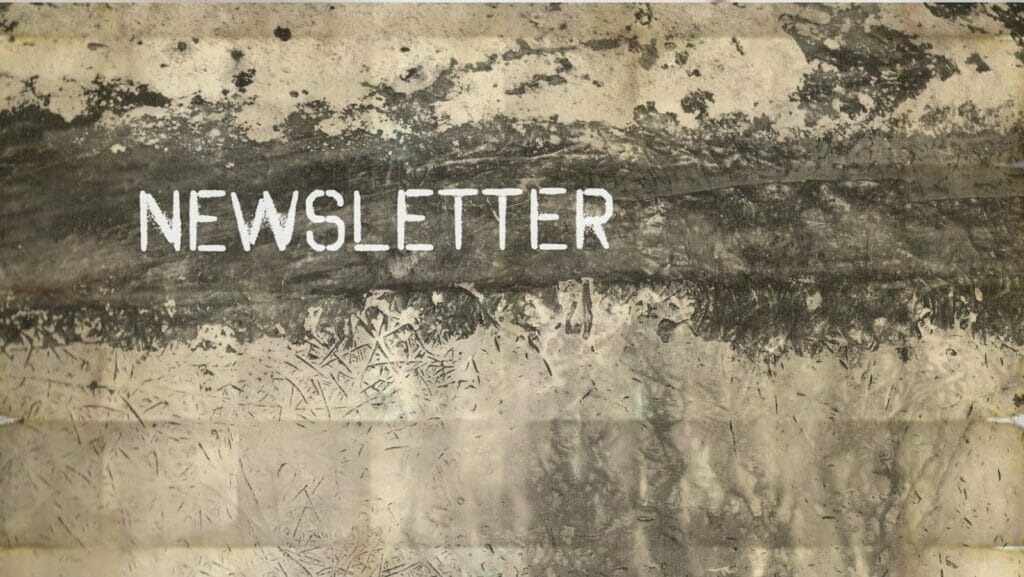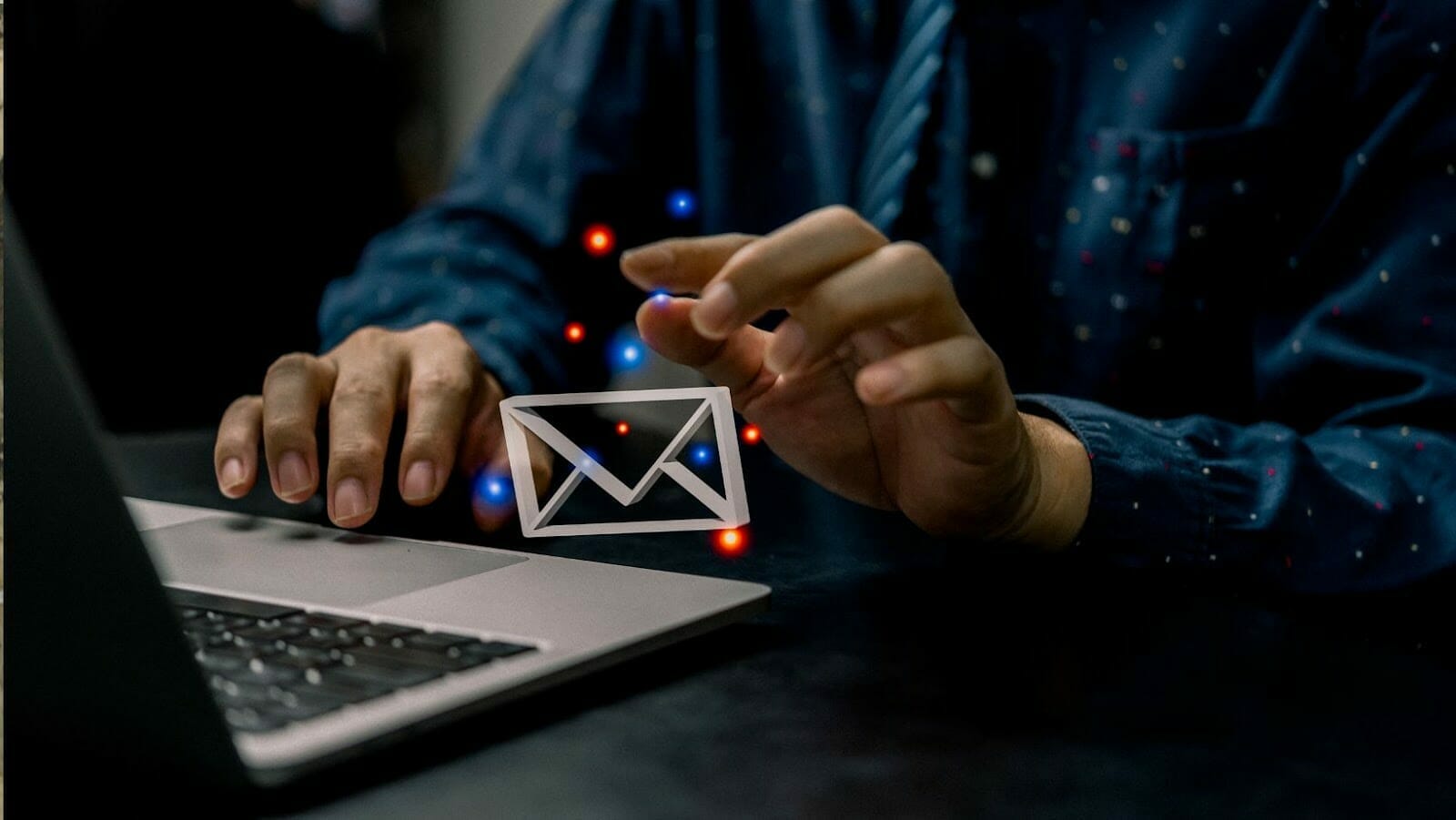
Starting a newsletter is a great way to build and maintain a loyal audience of subscribers. Here’s how you can get started:
1. Choose a platform: Decide on a platform to create and send your newsletter. Some popular options include Mailchimp, Constant Contact, and Campaign Monitor.
2. Define your audience: Identify your target audience and establish what type of content will interest and value them while aligning with your objectives.
3. Develop a content plan: Plan the newsletter’s content, format, frequency, and topics, and strategize how you will promote it.
4. Set up a subscription: Set up a subscription form on your website or social media channels to capture subscribers voluntarily opting into your newsletter. Allow subscribers the option to opt out whenever they want.
5. Create and send your newsletter: Use the platform you chose to create a visually appealing newsletter with engaging content, maintain consistency, and send it to the subscribers in your list regularly.
Pro Tip: Make the subject line catchy and maintain an 80:20 ratio with quality information and promotional materials.
Planning Your Newsletter
Before you start your newsletter, you need to consider a few key things. What will be the purpose of your newsletter? Who is the target audience you want to reach? What topics will you cover? What type of content will you include? These important questions must be answered before you start setting up your newsletter.
Let’s review some of the steps you must take to ensure your newsletter is effective.
Determine Your Target Audience
Before starting a newsletter, it is crucial to determine your target audience. Identifying your audience will help you tailor your content and message to your subscribers’ specific interests and needs. Here are the steps to follow:
Conduct market research to identify your ideal customer profile.
Create buyer personas of your target audience, detailing their demographics, interests, pain points, and goals.
Analyze your existing customer base, website analytics, and social media followers to gain insights into your audience.
Conduct surveys and interviews to understand your subscribers’ preferences and feedback better.
Use audience personas to guide your content development and distribution strategy. By understanding who your readers are and what they care about, you can create newsletters that are relevant, useful, and engaging to them.
Choose a Name and Set a Frequency
When starting a newsletter, choosing a name and setting a frequency that works for you and your audience is crucial.
Choose a Name: Your newsletter name should be memorable, catchy, and relevant to your industry or niche. It should also give your readers an idea of what to expect from your content. Finally, make sure the name is simple and easily recognizable.
Set a Frequency: Your newsletter’s frequency depends on the type of content you provide and the time you have available to create it. Weekly or bi-weekly newsletters are common, but you can choose monthly or quarterly. Establish a regular schedule and stick to it so readers know when to expect new content.
Finally, start building your subscriber list by promoting your newsletter on your website, social media channels, and other relevant forums.
Pro Tip: Keep your subscribers engaged by offering exclusive content and promotions and by asking for their feedback.
Establish Your Goals and Mission Statement
Establishing your goals and mission statement is crucial when planning to start a successful newsletter. Your goals will determine the type of content you create, the target audience, the newsletter’s tone, and the methods used to distribute it.
Here are a few steps to establish your goals and mission statement:
First, determine the purpose of your newsletter. Is it to inform, entertain, or educate your audience?
Identify your target audience. Who are they, and what are their interests?
Develop a unique mission statement that reflects your newsletter’s purpose and values.
Create a content plan that aligns with your mission statement and goals.
Regularly review your goals and make any necessary adjustments to ensure continued success.
These simple steps will help you establish clear goals and mission statements that align with your newsletter’s purpose, increasing the chances of creating a loyal subscriber base.
“””newsletter”” inurl:sponsor before:2020-5-01″
When designing your newsletter content, you first want to keep your audience in mind. Think about what kind of content they’d be interested in and create that content in an engaging and informative way.
Consider how often you’d like to publish it and what topics you’d like to cover. Once you have a plan, you can start creating your newsletter content.
Choose Topics and Write Headlines
When creating a newsletter, choosing topics and writing attention-grabbing headlines are essential to gaining readership and engagement. Here are some tips to help you get started:
1. Define your newsletter’s purpose and target audience to narrow down topics.
2. Brainstorm potential topics that align with your purpose and audience preferences.
3. Use strong action verbs, numbers, and reader benefits to write eye-catching headlines.
4. Keep headlines concise and to the point, avoiding clickbaity language that misleads readers.
Once you have your topics and headlines, start drafting your newsletter content, keeping in mind that the content should be valuable, informative, and engaging to your target audience. Happy newsletter writing!
Pro tip: Use A/B testing to test different headlines with your readers and determine which resonates most with them.
Write Newsletter Content
Starting a newsletter might seem overwhelming, but creating your newsletter content becomes a breeze once you have a clear idea of what to write. Here are some tips to help you get started:
Define the Purpose of the Newsletter: The first step is to determine why you are creating the newsletter. For example, it could provide updates on your business, share industry news, or provide valuable content to your subscribers.
Identify Your Target Audience: Determine who your newsletter is intended for, what they would like to read, and how often they would like to receive it.
Choose Your Content: Decide what content you will include in your newsletter, such as articles, promotions, or images.
Determine the Frequency: Decide how often you will send your newsletter and follow a consistent schedule.
Create a Template: Create a template with your logo, colors, and recurring sections to make creating your newsletter more straightforward.
Pro Tip: Including engaging content, providing value to your subscribers, and using engaging subject lines are the keys to a successful newsletter.
Incorporate Engaging Visuals and Formatting
Incorporating engaging visuals and formatting is crucial when creating your newsletter content, especially when starting.
Here’s how you can do it:
1. Use eye-catching graphics and images that align with your newsletter’s theme and message. Please make sure they’re high-quality and relevant.
2. Organize your content into sections with clear headings, subheadings, and bullet points. This makes it easier for readers to skim through and understand the important issues.
3. Choose the right font type, size, and color that are easy to read and consistent with your brand’s typography.
4. Add personality and humor to your content to make it more engaging and relatable.
By incorporating these elements, your newsletter will stand out and keep your subscribers engaged and interested in your content.
Designing Your Newsletter
Creating a successful newsletter starts from the very first step: designing it. To prepare your newsletter, you’ll need to plan its content and appearance, such as what type of content you want to include and how you want it to look.
In this article, we’ll look at the various design considerations you must consider when creating a newsletter, including fonts, colors, layouts, and imagery.
Choose a Template or Create a Custom Layout
When starting a newsletter, choosing the right design is crucial to attracting and retaining your audience’s attention. You can choose a pre-existing template or create a custom layout that caters to your brand’s identity and audience’s preferences.
Here are some tips to get you started:
1. Determine your audience and their preferences: This will help you choose an appealing and engaging design for them.
2. Consider your brand identity: Use colors, fonts, and imagery that align with your brand identity to create a consistent and recognizable newsletter.
3. Keep it simple: A cluttered design can be overwhelming and cause your audience to lose interest quickly. Avoid using too many colors or fonts; keep the layout clean and easy to navigate.
4. Choose a template or create a custom layout: Depending on your design skills, you can choose a template from an email service provider or create your custom layout using design software.
Remember, a well-designed newsletter can help you stand out in a crowded inbox and keep your audience engaged. So take the time to design a newsletter that represents your brand and appeals to your audience’s preferences.
Pro tip: Make sure your newsletter design is mobile-friendly since most people consume content on mobile devices.

Incorporate Your Branding
Incorporating your branding is a crucial aspect of designing an effective newsletter, as it helps create a consistent and memorable image of your company for your audience. Here are some tips on how to incorporate your branding in your newsletter design:
Use your brand colors: Try to use your brand colors consistently throughout your newsletter. This helps create a cohesive design and reinforces brand recognition.
Use your logo: Place your company logo prominently in the newsletter. It helps to increase brand visibility and establishes your identity.
Use your brand fonts: Stick to your brand fonts throughout the newsletter. It gives your newsletter a professional look and reinforces your brand identity.
Keep the tone consistent: Ensure that the style of your newsletter is compatible with your brand voice. This helps keep your brand image consistent across all mediums.
By following these tips and incorporating your branding effectively in your newsletter design, you can create a strong brand identity and engage your audience better. Pro tip – Remember to keep your newsletter content relevant and engaging for your audience for better results.
Optimize for Mobile Viewing
When it comes to designing your newsletter, it’s crucial to optimize it for mobile viewing. With increasing number of users accessing emails on their mobile devices, creating a mobile-responsive newsletter ensures that your content is accessible to a wider audience.
Here’s how to optimize your newsletter for mobile viewing:
1. Keep your design simple and clean – A cluttered layout can make it difficult for users to navigate your newsletter on a smaller screen.
2. Use a legible font size – Use a font size of at least 14 pixels to ensure your text is easily readable on a smaller screen.
3. Add clear and concise calls-to-action – Use buttons instead of hyperlinked text to make it easier for mobile users to click through to your website.
Optimizing your newsletter for mobile viewing lets you ensure that your content is accessible and engaging to all of your subscribers, regardless of the device they use to access their email.
“””newsletter”” inurl:sponsor after:2020-5-01″
The first step in setting up a newsletter is building your subscriber list. The most effective way to do this is by growing your list organically. This could include offering a freebie in exchange for signing up, asking website visitors to subscribe, and providing incentives to your existing customers to join.
Let’s explore the different ways you can build your subscriber list.
Create Opt-In Forms and Promote Them
One of the most effective ways to build your subscriber list is by creating opt-in forms and promoting them to your audience. Opt-in forms are a way to collect contact information from interested readers, which you can then use to send newsletters or other promotional material.
Here are the steps to follow:
Choose a platform to host your newsletter and subscriber list, such as Mailchimp or Constant Contact.
Create an opt-in form that includes fields for name and email address.
Decide where to place your opt-in form on your websites or social media pages, such as in the sidebar, footer, or popup.
Promote your opt-in form through social media, blog posts, and other marketing channels to drive traffic and encourage sign-ups.
Offer an incentive or lead magnet, such as a free e-book or discount code, to encourage people to sign up for your list.
Pro Tip: Follow GDPR and obtain explicit consent from subscribers before sending any marketing material.
Offer a Sign-Up Incentive
To build a thriving subscriber list for your newsletter, offering a sign-up incentive is a smart strategy that can help you attract and retain readers.
Here are some ideas for sign-up incentives you can try:
1. Free e-books or guides: Offer an exclusive e-book, guide, or resource that aligns with your newsletter’s content.
2. Discount codes or coupons: Offer new subscribers a discount code or voucher for your products or services.
3. Bonus content: Offer exclusive bonus content, such as a behind-the-scenes look at your business or a Q&A session with you.
4. Access to a private community: Offer access to a private community, such as a Facebook group or forum, where readers can connect.
Remember that your sign-up incentive should be relevant to your newsletter’s content and provide real value to your readers.

Encourage Sharing and Referrals
One effective way to build your subscriber list for your newsletter is by encouraging sharing and referrals among your current subscribers. Here are some tips for doing so:
1. Include social media sharing buttons in your newsletters to make it easy for subscribers to share with their followers.
2. Incentivize referrals by offering exclusive content or a discount code when a subscriber refers a friend.
3. Create shareable content that will likely be shared on social media platforms.
4. Use targeted referral campaigns to reach out to specific groups of people and encourage them to sign up for your newsletter.
By implementing these strategies, you can increase your newsletter’s reach and grow your subscriber list with a loyal and engaged audience.
Testing and Launching Your Newsletter
Testing and launching your newsletter is important to a successful newsletter campaign. It’s important to ensure all your content is properly formatted and looks appealing before sending it out to your subscribers. It would help if you also used tools to check for errors and test targeting scenarios to ensure your newsletter reaches the right audience.
This section will give an overview of the steps to take before launching your newsletter.
Test Your Newsletter Before Sending
Testing your newsletter before sending it to subscribers can help ensure its success and avoid mistakes.
Here are some tips for testing before launching:
- Send a test email to yourself or a colleague to check for formatting or content errors.
- Check for broken links and missing images.
- Test the newsletter on mobile, tablet, and desktop devices to see how it appears.
- Preview the newsletter in other email clients to make sure it appears correctly.
- Use an email validation service to check for any issues with your email list, like bounced emails or invalid addresses.
By testing your newsletter beforehand, you can make any necessary changes and ensure your subscribers receive a professional and error-free newsletter.
Schedule and Send Your Newsletter
To schedule and send your newsletter, you need to follow these steps:
1. Choose a reliable email service provider that fits your budget and has the needed features, such as Mailchimp, Constant Contact, or ConvertKit.
2. Create a list of subscribers by importing your existing contacts, adding a sign-up form to your website, or using other methods.
3. Create your newsletter content, including a catchy subject line, a personalized greeting, and engaging body copy with images and links.
4. Choose a sending schedule that works best for your audience and stick to it. Whether it’s a weekly, bi-weekly, or monthly newsletter, consistency is key for building trust with your subscribers and keeping your brand top-of-mind.
5. Test your newsletter before sending it out to ensure everything works as intended, including the formatting, links, and images. This also helps check the email layout across different devices and email clients.
6. Launch your newsletter to your subscribers and track its performance, including open, click, and conversion rates.
Following these steps, you can start a newsletter and develop a strong relationship with your audience, leading to increased engagement, traffic, and sales.

Monitor Performance Metrics and Refine Your Strategy
When starting a newsletter, monitoring its performance metrics and refining your strategy over time is important. By doing so, you can ensure that your newsletter reaches your target audience effectively and that your content is engaging and valuable to them.
Here are a few performance metrics to monitor:
Open rates: This metric measures how many people open your emails. A low available rate may indicate that your subject lines need to be more compelling or that your emails get caught in spam filters.
Click-through rates: This metric measures how many people click on your emails’ links. A low click-through rate may indicate your content needs to be more relevant and interesting to your audience.
Subscriber count: This metric measures the number of people subscribed to your newsletter. Monitor this number to see if your subscriber base is growing or declining.
With this data, you can refine your newsletter strategy by tweaking subject lines, testing different content formats, and tailoring your content to your audience’s interests.














